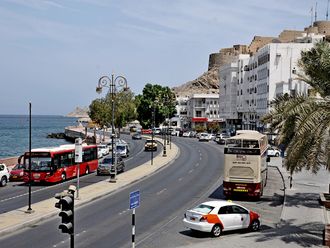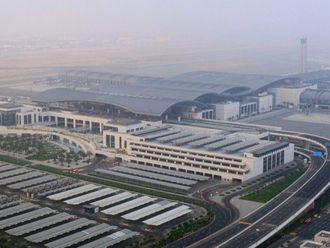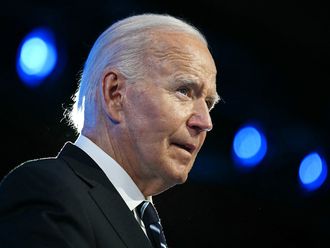Muscat: A month after events in Tunisia about 200 young Omanis took to the streets in Muscat and called it the Green March. They called for better wages, jobs and action against corrupt officials.
On February 26 protests in Salalah and Sohar took a violent turn when teenager Abdullah Bin Ali Bin Mohammad Al Gamlasi lost his life in police action while protesting near the Globe Roundabout, which became the symbol of protests in Oman.
Al Gamlasi's death precipitated protests which spread to other towns including Sur and Ibri.
Except firing at protesters in Sohar, the security forces watched demonstrations silently for almost 120 days. At the peak of demonstrations, more than 2,000 people turned up at the Globe Roundabout and an equal number outside the Majlis Asshura building in Muscat.
Reforms
In March Sultan Qaboos Bin Saeed announced sweeping changes including the creation of 50,000 jobs, raising of the minimum wage, and a complete reshuffle of the Council of Ministers. He also removed those who were accused of corruption.
He even announced constitutional reforms, granting legislative and regulatory powers to the Council of Oman, which is made up of elected Shura members as well as those nominated by the Sultan to State Council (Majlis Adawala).
Three of the protesters have been elected by people and sent to 84-seat Shura to represent and give voice their needs and demands. Largely people are satisfied with the government response and reforms announced by the country's monarch, at the same time there are some who would like more reforms.











